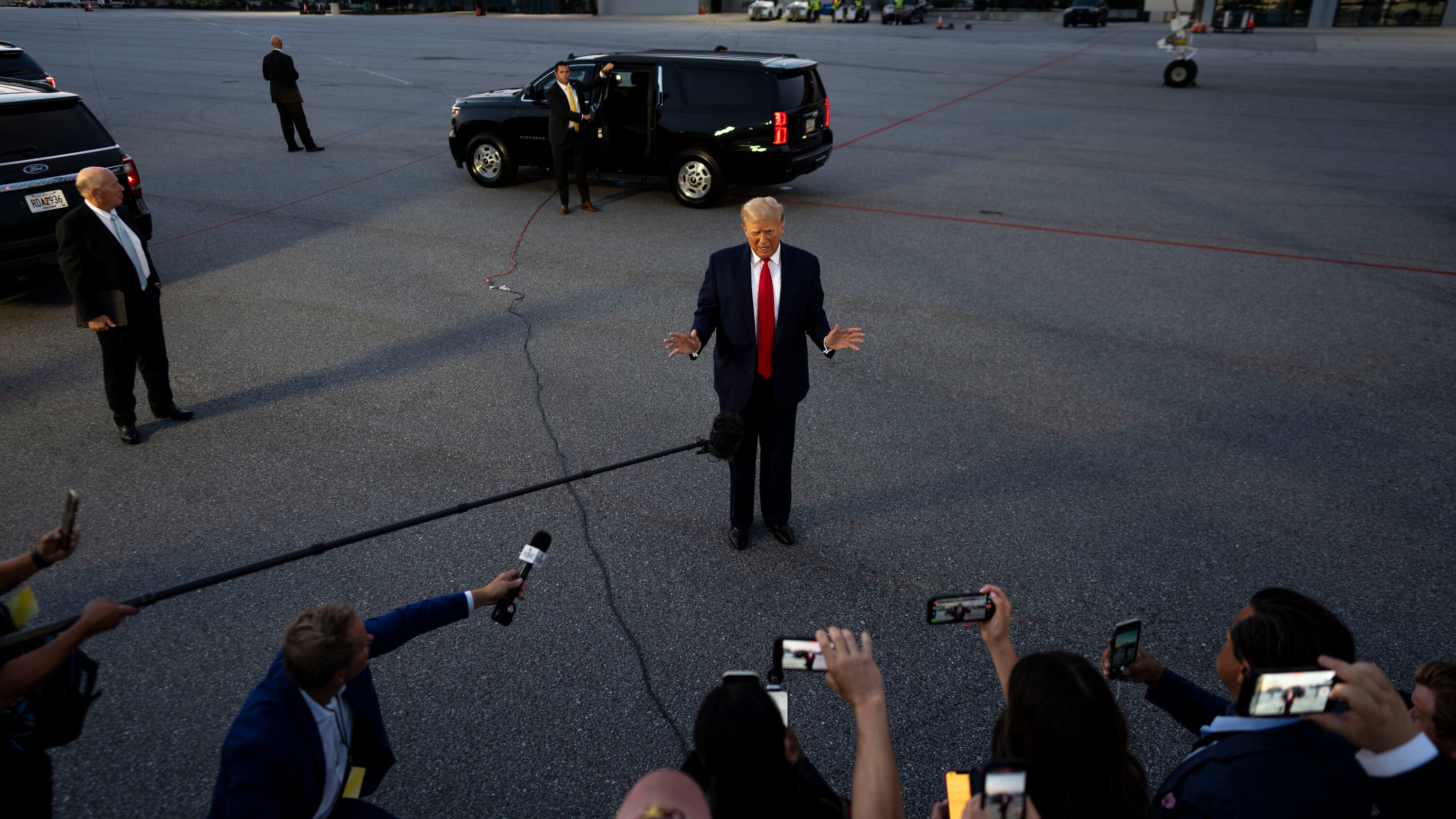In recent times, the internet has been abuzz with discussions surrounding the controversial video of Donald Trump getting shot at. This shocking footage has raised various questions regarding its authenticity, the implications it carries, and the public's response to it. Understanding this situation requires delving into the context, the reactions of various stakeholders, and the broader implications of such media in today's digital landscape.
This article aims to provide a comprehensive overview of the video, exploring its origins, the reactions from the public and political figures, and the ethical considerations surrounding such content. Additionally, we will examine how misinformation can spread in the digital age and the impact it can have on society and politics. As we navigate through this topic, we will maintain a focus on the principles of Expertise, Authoritativeness, and Trustworthiness (E-E-A-T) to ensure that the information presented is reliable and insightful.
As a critical discussion point in contemporary media, the video of Donald Trump getting shot at serves as a case study for understanding the intersection of politics, media, and public perception. It is essential to approach this topic with a nuanced perspective, recognizing the potential consequences of sharing such content without proper context or verification.
Table of Contents
- 1. Introduction
- 2. Background of the Video
- 3. Public Reaction to the Video
- 4. Political Responses and Statements
- 5. Ethical Considerations in Media
- 6. The Impact of Misinformation
- 7. Conclusion
- 8. Call to Action
2. Background of the Video
The video in question reportedly surfaced on various social media platforms, drawing immediate attention due to the graphic nature of the content. It depicts a scenario where former President Donald Trump appears to be shot at, leading to widespread shock and concern.
While the origins of the video are still under investigation, it is crucial to consider the context in which it was created. Is it a staged scene from a film, a digital manipulation, or an actual event? This ambiguity has led to rampant speculation and debate across various forums.
2.1 Authenticity and Verification
Determining the authenticity of such videos is paramount. Experts recommend several steps to verify video content:
- Check the source of the video.
- Look for corroborating reports from trusted news outlets.
- Analyze the video’s metadata for clues about its origin.
- Consult fact-checking organizations for thorough investigations.
3. Public Reaction to the Video
The release of the video triggered a polarized response from the public. Some viewers expressed outrage, while others dismissed it as a hoax or a prank. Social media platforms became battlegrounds for heated discussions, with users sharing their opinions and interpretations.
3.1 Social Media Dynamics
On platforms like Twitter and Facebook, the video quickly went viral, leading to:
- Memes and parodies circulating widely.
- Hashtags related to the incident trending.
- Calls for accountability regarding the origins of the video.
This rapid dissemination of content highlights the power of social media in shaping public perception and the need for responsible sharing practices.
4. Political Responses and Statements
Political figures and parties have reacted to the video in various ways. Some have condemned it as a dangerous piece of misinformation that could incite violence, while others have used it to further their agendas.
4.1 Statements from Political Leaders
Key political figures have made statements regarding the video, emphasizing the need for unity and caution in the face of such provocative content.
- Leaders have called for a thorough investigation into the video's authenticity.
- Some have expressed concern over the potential for violence stemming from such media.
- Calls for greater media literacy among the public have emerged as a significant theme.
5. Ethical Considerations in Media
The video raises important ethical questions regarding the responsibility of content creators and distributors. As consumers of media, it is vital to consider the implications of sharing content that may be misleading or harmful.
5.1 The Role of Media Literacy
Media literacy plays a crucial role in today's society. Understanding how to critically evaluate media content can help individuals discern fact from fiction. This involves:
- Recognizing bias in reporting.
- Understanding the impact of sensationalism.
- Evaluating sources for credibility.
6. The Impact of Misinformation
The spread of misinformation can have far-reaching consequences. In a politically charged environment, such content can exacerbate divisions and incite conflict.
6.1 Consequences of Misinformation
Some potential consequences include:
- Increased polarization among the public.
- Heightened tensions within political discourse.
- Potential real-life violence stemming from misinterpretations of media.
7. Conclusion
In conclusion, the video of Donald Trump getting shot at serves as a critical reminder of the power and responsibility that comes with media consumption and sharing. As we navigate the complexities of the digital age, it is imperative to approach such content with a discerning eye and a commitment to truth.
8. Call to Action
We encourage readers to engage thoughtfully with media, to verify information before sharing, and to contribute to a more informed public discourse. Leave your thoughts in the comments below, share this article, or explore more articles on our site for further insight into the impact of media on society.
Thank you for reading! We hope to see you back here for more insightful discussions and analyses on pressing topics in today's world.
Also Read
Donald Trump Says Taiwan Should Pay For US Defence: An In-Depth AnalysisDonald Trump Deportation: A Comprehensive Analysis Of Policies And Impacts
Where Is Donald Trump's Wife? A Deep Dive Into Melania Trump's Life And Presence
Who Is Donald Trump's Oldest Grandchild?
Donald Trump's Homes: A Glimpse Into The Luxury Real Estate Of The 45th President
Article Recommendations
- 90s Cartoons Cartoon Network
- Galazeye Reviews
- Where Is Future From
- Sunset Motel
- Chris Berman Home
- Ab Booster Plus
- Vtech Touch And Learn Activity Desk
- Sugar Babies
- Henry Cho Comedian Wife
- Is Discord Banned In Turkey



